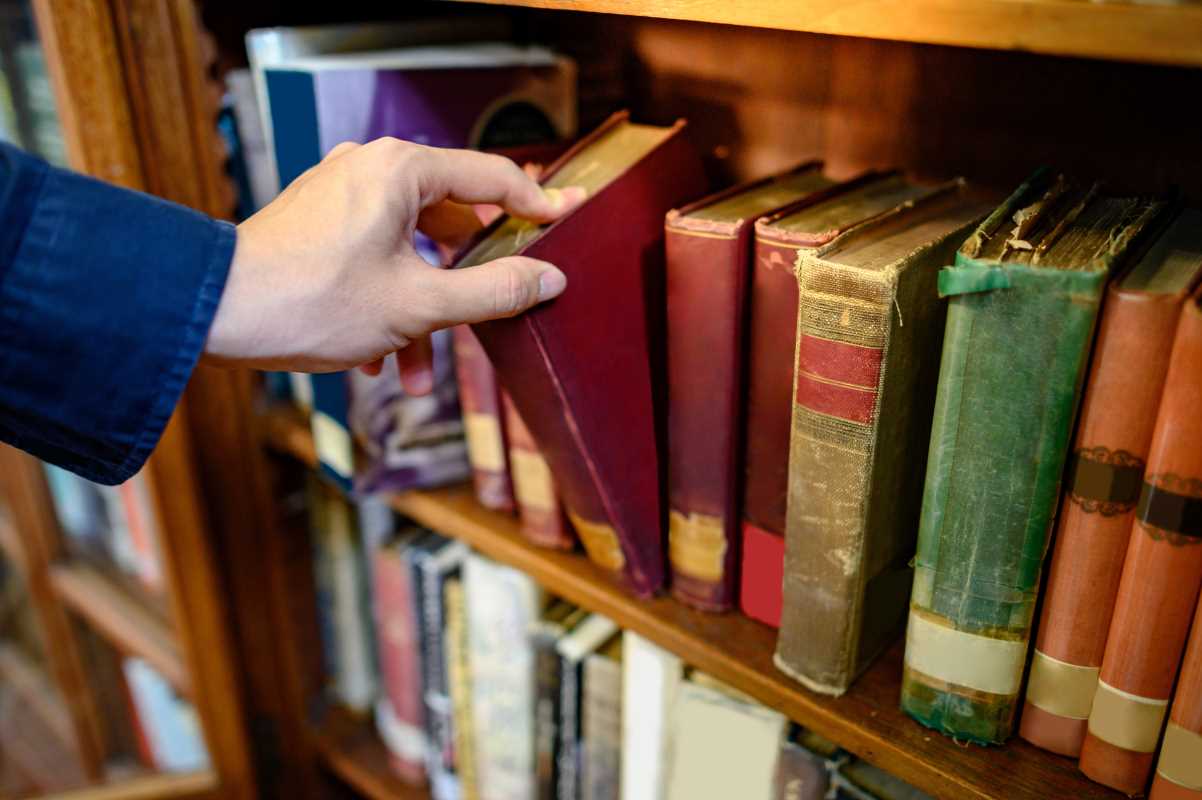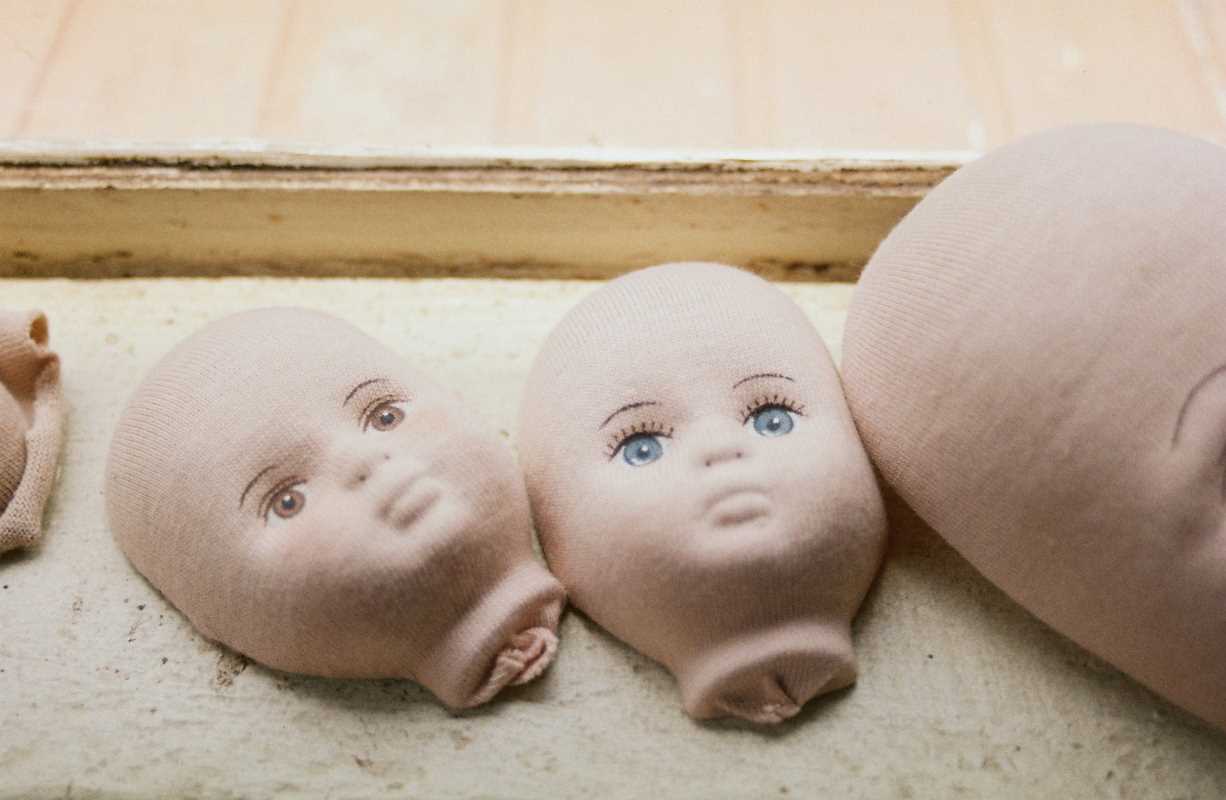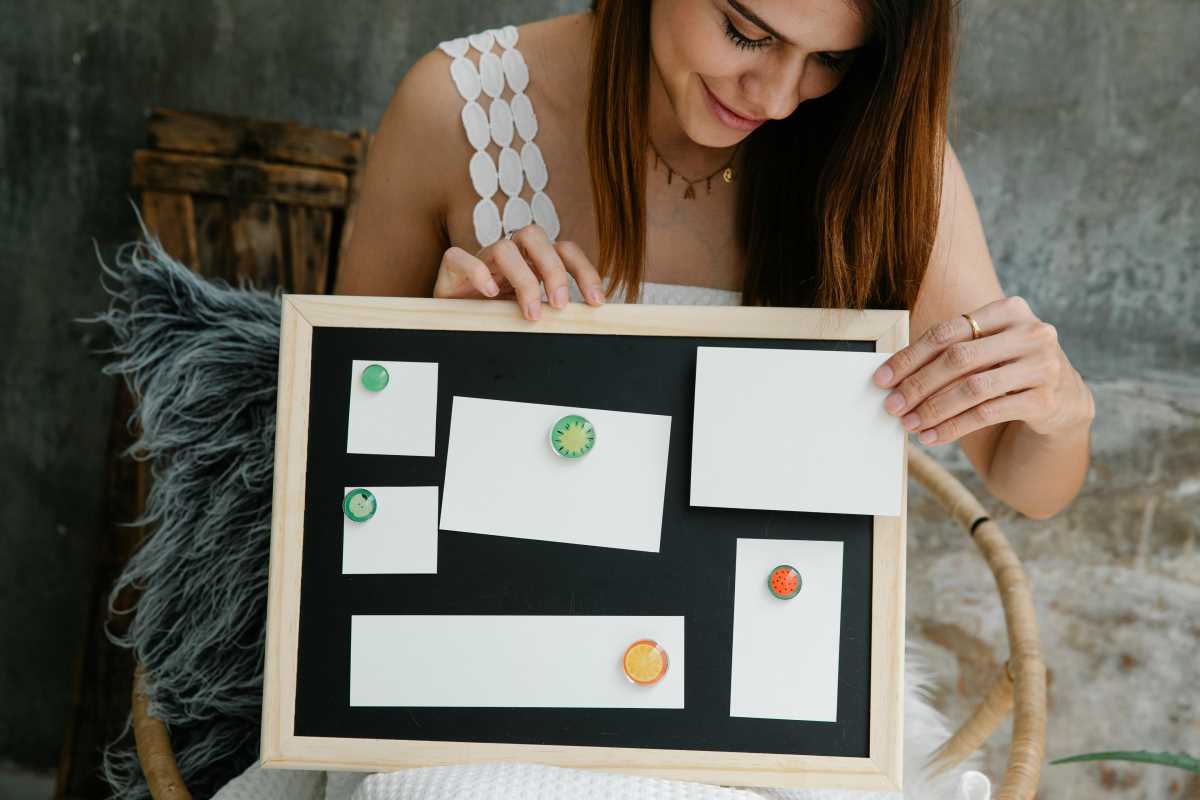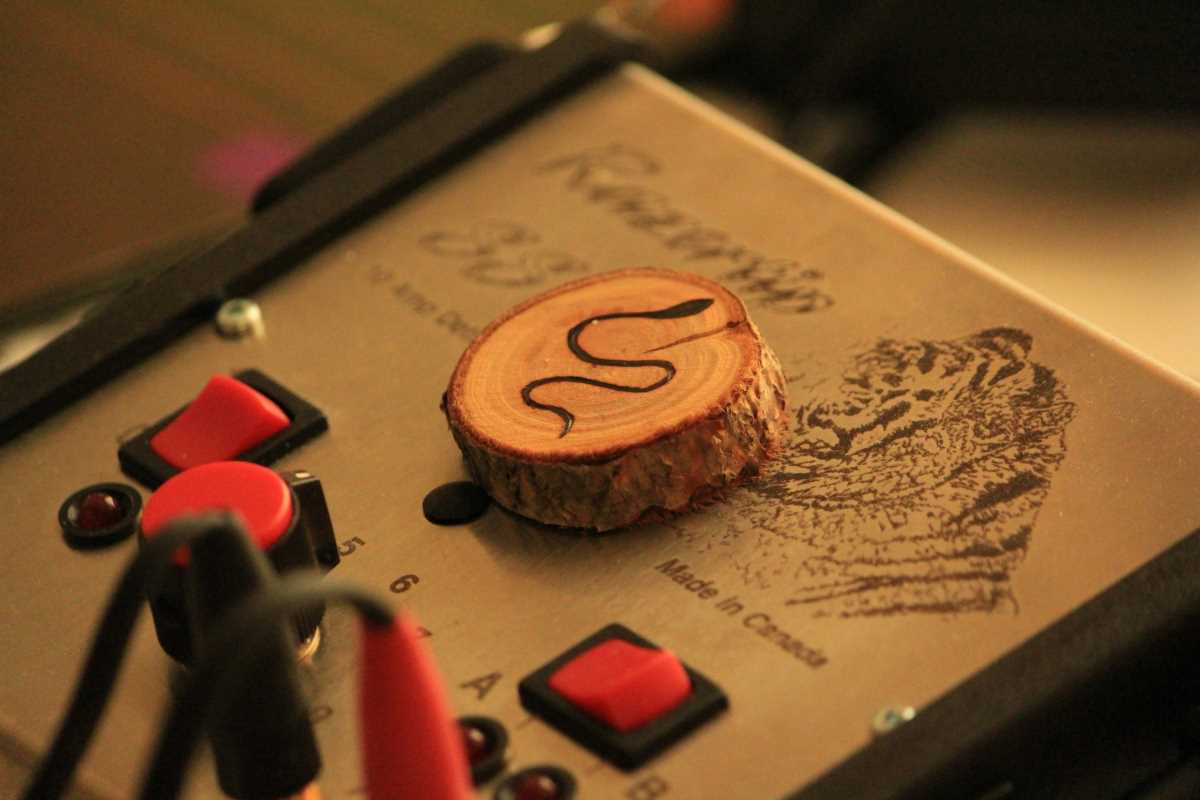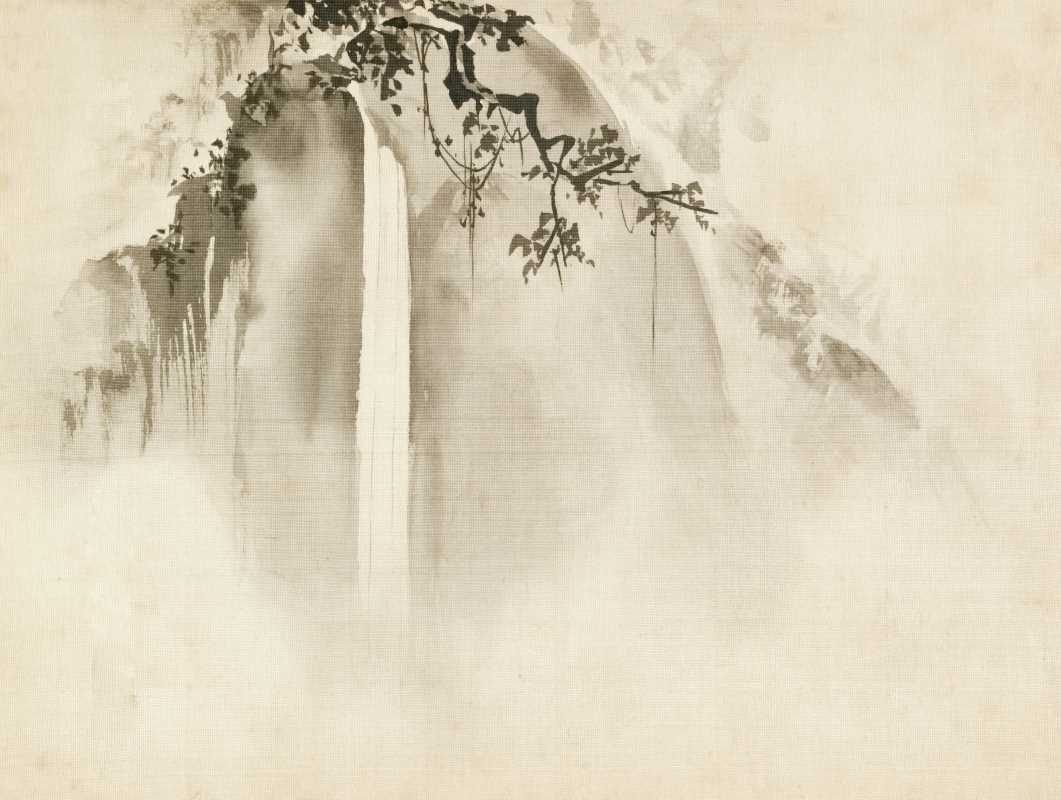Crafting hand-bound journals brings a unique sense of satisfaction as you shape each detail from start to finish. The feel of fresh paper, the subtle resistance of needle and thread, and the final heft of a book you made yourself all work together to enhance your creative experience. Each journal becomes a reflection of your choices, from cover design to the type of binding you select. This guide walks you through the entire process: you’ll learn what draws artists and writers to creative binding, discover which materials you’ll need, follow straightforward instructions for making your own journals, and find inspiration along with trustworthy resources for further discovery.
You’ll end this journey prepared to customize every detail of your art journal—embedding sketches, collages, or calligraphy—while enjoying an accessible and uplifting craft experience.
Creating Unique Binding Stories
When you hold a homebound journal, you grasp more than paper and thread: you embrace personal storytelling. Crafting your own binding shapes not only how your book endures, but also how your creative energy flows. By choosing binding styles that match your style—like Japanese stab stitch or long-stitch binding—you control factors such as page flexibility, durability, and aesthetic rhythm. Your binding choice becomes an expressive tool rather than a mere technical requirement.
This view shifts the activity from a mechanical chore to an artistic performance, where each stitch shows attention to detail and each cover selection carries emotional weight.
Discovering the Artistic Heartbeat
Exploring the deeper layers of this craft uncovers chances to add unexpected textures, from repurposed fabric scraps to hand-marbled endpapers. That creative heartbeat appears when you move away from mass-produced supplies and experiment with materials that match your vision. A modular approach to your pages—for example, combining heavyweight watercolor sheets with lighter sketching paper—drives dynamic interaction as your artwork develops.
- Combine lightweight cartridge paper with thin cotton fabric to add subtle texture on page edges, creating sensory variation as you turn pages.
- Include watercolor paper panels only at focal sections, introducing bursts of bold pigment and providing structural contrast.
- Use repurposed maps or old book pages as interleaves, creating hidden layers that enrich your journal’s story and surprise future viewers.
Key Supplies and Material Choices
- High-Quality Paper Blocks: Pick acid-free, archival sheets in various weights to support mixed-media art without bleed-through. Check single-sheet availability at local art shops before ordering in bulk.
- Bone Folder: A smooth, durable tool that helps you make crisp folds and firm creases. Its tactile feedback assists you in judging paper thickness and keeping edges straight as you align signatures.
- Waxed Thread Spools: Select chartreuse or walnut tones in 18–28 gauge to match your cover design. The wax coating helps prevent knot slippage when you bind signatures precisely.
- Needles and Awl Combo: Pick a pack that includes large-eye binding needles and a small steel awl with a protective cap. This pair streamlines punching holes and threading through tight signatures.
- Cover Materials: Gather bookboard cut to your desired size, along with decorative fabric or leather offcuts. Prioritize soft leathers for tactile comfort and heavyweight linens for vibrant color retention.
Hands-On Binding Procedures
- Signature Preparation: Start by stacking 5–8 folded sheets into a neat group called a signature. Trim edges with a sharp craft knife, ensuring uniform alignment. Punch a series of evenly spaced holes along the fold line using a small awl. Score the fold with a bone folder to reinforce the center crease. Keep this process precise so that subsequent stitching flows smoothly.
- Thread and Stitch: Thread a binding needle with about three times your signature’s height in waxed thread. Tie a small knot at one end, slide it through the first hole from the inside out, then loop around the cover board or earlier signature edge if you use multiple signatures. Continue sewing in and out, following a straight or decorative pattern. Finish by creating a double knot to secure, trimming any excess, and tucking the tail inside the last stitch for a clean look.
- Cover Assembly: Cut two cover boards that extend a few millimeters beyond your page block. Create spine hinges by lining each cover board edge with a narrow strip of fabric or durable paper. Attach both boards to a larger piece of fabric or decorative paper, leaving an opening equal to the page block’s thickness. Wrap the cover edges inward, glue in place, and press under a heavy weight until fully set.
- Attaching the Block: Apply PVA glue along the spine of your stitched signatures, then position the block into the cover opening. Check that the top and bottom edges align properly. Press under weight for at least 30 minutes to ensure the adhesive bonds securely. This step guarantees pages open smoothly and the journal lies flat when you work.
- Finishing Details: Decorate the cover with a leather strap, ribbon closure, or elastic band attached to the inside covers with reinforced eyelets. Use metallic or colored wax to seal visible stitches along the spine if you used exposed binding. These details highlight craftsmanship and give your journal a professional look.
Finding Inspiration Outside Your Studio
Look for creative communities where fellow makers share innovative takes on binding methods. You can find hybrid techniques that combine Eastern and Western styles, or seasonal editions incorporating natural elements like flowers. Curious creators often discover new ideas at local maker fairs or urban art walks. When you explore bookbinding techniques, you see how diverse artists adapt stitches to their unique voice, fueling your own creative experimentation.
Let these exchanges with others inspire your progress—each new contact might lead to a workshop or a shared materials exchange that broadens your options.
Guides to Improve Your Skills
To advance your bookbinding skills, explore tutorials on decorative stitching, hidden pockets, and vintage-inspired details. Use niche blogs and expert resources to refine your techniques while keeping your unique style. With each project, blend storytelling and craftsmanship to create meaningful, personal art journals.
